How to protect your employees from general workplace hazards
Eliminate unnoticed hazards before they eliminate your business
Wherever people work, there is a danger of accidents. Many of the injuries and fatalities that happen in UK workplaces could be avoided, if only more consideration was given to potential risks in the workplace. Perhaps the real problem is that where work done is ‘run-of-the-mill’, employers, employees, and contractors pay less attention to risk. Consequently, many workplace accidents are caused by general workplace hazards.
In this article, we’ll discuss what these general workplace hazards are, and how you can reduce the risk from them in your workplace.
Slips, trips, and falls hazards
The single biggest cause of injury at work – slips, trips, and falls were responsible for a colossal 609,000 non-fatal injuries at work in 2017. They cost UK employers more than £1 billion every year. Here are five things to do now to immediately reduce the risk of slips, trips, and falls in your workplace:
- Keep surfaces dry
- Keep walkways and corridors free of obstacles
- Ensure that stairs, ramps, walkways, and loading and unloading areas are adequately lit
- Make certain that employees wear effective footwear
- Control movement – e.g. stop people running, taking shortcuts
Learn more accident prevention tips in our article “10 tips to prevent slips, trips and falls in the workplace”.
Electrocution hazards
There aren’t many workplaces where electrocution is a real hazard. Whether it is the computer on your desk, or the kettle in the staff canteen, your workplace is an environment where an electrical accident may be lurking around the corner. About 30 electrocutions in the workplace result in death each year in the UK. Hundreds more cause burns and permanent injury. How can you prevent the same happening in your workplace?
- Comply with the Health and Safety at Work Act 1974 and the Electricity at Work Regulations 1989
- Ensure your electrical equipment is serviced by qualified electricians regularly
- Always switch off electrical equipment when cleaning it
- Never mix water with electricity – keep work surfaces dry
- Tran your employees in the safe use f electrical equipment
‘Caught-in’ hazards
This is a bit of a catch-all phrase. Caught-ins include getting caught in:
- Unguarded machinery
- Buried in excavations
- Caught between machinery
These simple actins will help to protect your employees from caught-ins:
- Ensure machinery is equipped with protective guards
- Ensure that workers work at a safe distance from moving equipment, and never place themselves between moving structures, machinery, or vehicles
- Ensure that all loads are properly secured
- Never work in unprotected trenches that are more than five feet deep, and always use a ladder to exit a trench
- Insist that workers wear personal protective equipment where necessary
Struck-by hazards
‘Struck-by’ hazards are also a major cause of workplace accidents, especially on construction sites, where there are heightened risks of being struck by:
- Heavy equipment, trucks, and cranes
- Flying (or falling) objects
- Walls that are under construction
Actions you can take to prevent such accidents include:
- Ensuring that all vehicles are well maintained and regularly checked
- Ensuring that employees are clear of site when lifting or dumping
- Ensure that all drivers and operators are qualified for the job they are doing
- Inspect tools, cranes, and hoists
- Keep materials stored away from edges and openings
- Train employees to use tools
- Insist that all employees wear prescribed personal protective equipment
- Store all tools securely
- Never overload machinery, lifting devices, and vehicles
- Always ensure that employees ‘buddy-up’ whenever possible
How do you start to protect your employees in the workplace?
A major reason why so many accidents occur in UK workplaces is that employers and employees don’t look at potential hazards in the right way. This isn’t purposeful neglect, but rather because that good working practice becomes habit. When this happens, we take it for granted that new employees, or those who have been promoted understand the hazards that exist.
Good health and safety at work starts with identifying all the hazards and conducting comprehensive H&S risk assessments. Then, develop an effective health and safety policy, getting your employees involved and making sure that resources are allocated to training and coaching of employees in health and safety.
Ensuring your employees are safe in your workplace is a legal obligation. More importantly, it’s a good, ethical thing to do. Injury-free workers are happier and more productive – and that is good news for your bottom line.
Start on the road to better health and safety performance today by contacting Integral and discovering how our comprehensive list of features will remove confusion and get the H&S job done fast and effectively. Get covered and compliant, with minimum time and hassle, and protect your employees from general workplace hazards now.
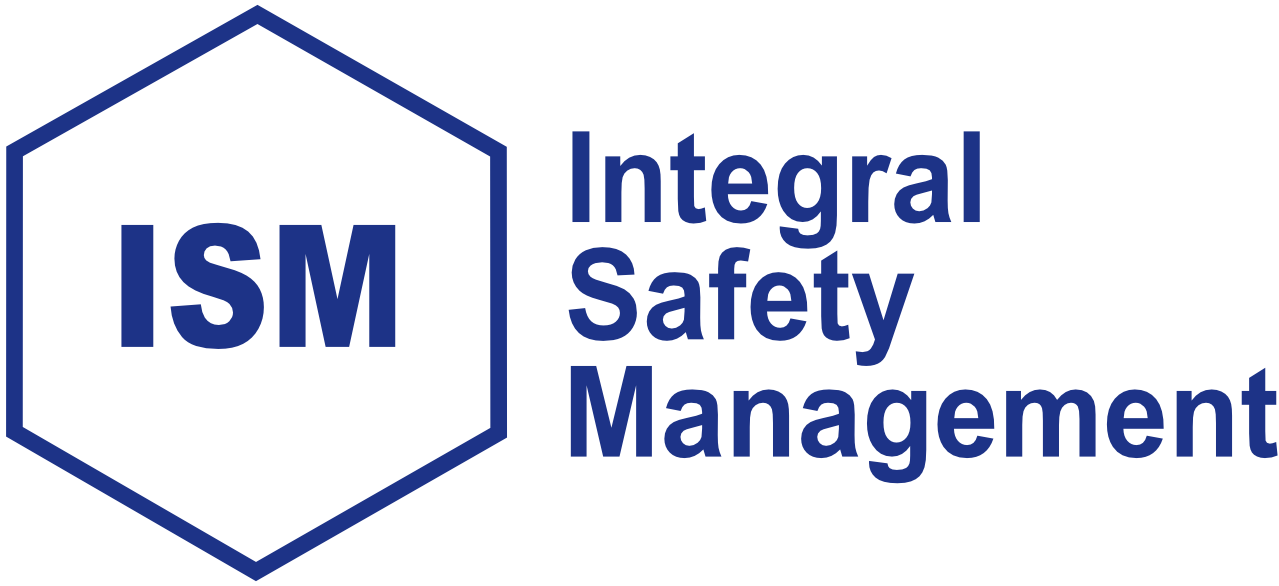
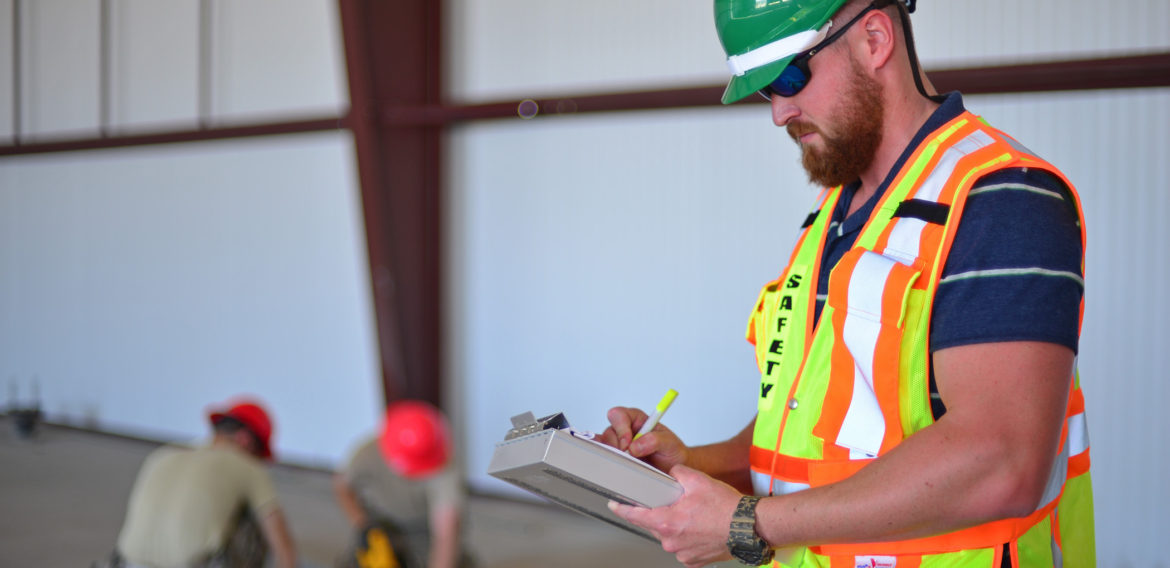
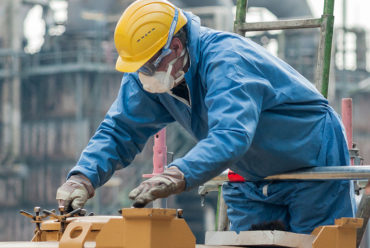


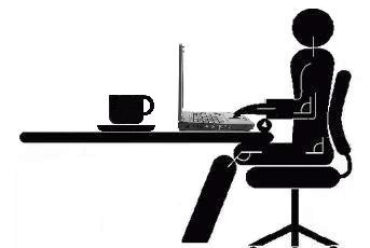
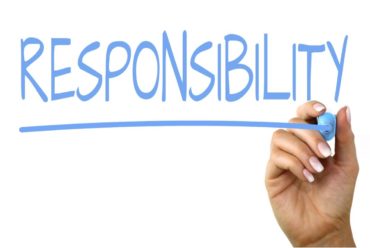
No Comments